do you want to know about silver nanoparticles solution? are you interested in getting some information about silver nanoparticles properties, silver nanoparticles absorbance, silver nanoparticles buy, and synthesis of silver nitrate? Silver nanoparticles are nanoparticles that are about 1 to 100 nanometers in diameter and silver. Although often referred to as silver, some are composed of a large percentage of silver oxide, due to the large surface area to atom ratio. Numerous forms of nanoparticles can be created depending on the software available. Spherical but rhombic nanoparticles are commonly used; thin and octagonal sheets are also popular. Their large surface area allows for the coordination of large numbers of ligands.
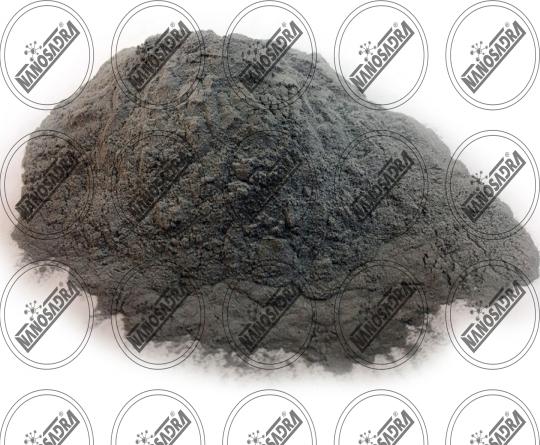
Why is it cheaper to use nanoparticles of silver?
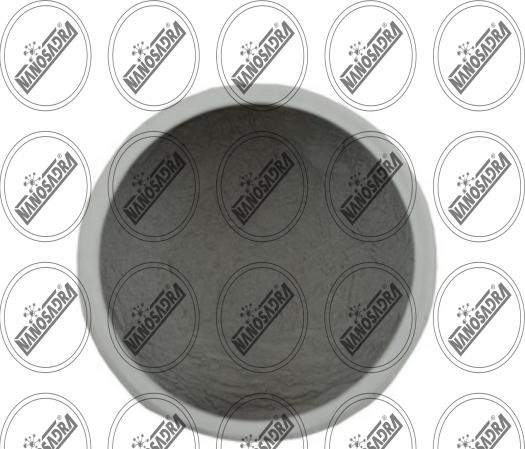 Applicable properties of nanoparticles in human treatment have been investigated in laboratory and animal studies, and their potential efficacy, toxicity and cost have been evaluated. Silver nanoparticles are available in many stores in many different types at reasonable prices. You can order your desired silver nanoparticles by choosing the desired product and choosing the volume of the product. Active in the field of sale of laboratory and industrial chemicals, ready to provide services for the sale of silver nanoparticles at the most reasonable price and best quality to our customers. The silver nanoparticles available in the store are packaged in different brands of authentic brands.
Applicable properties of nanoparticles in human treatment have been investigated in laboratory and animal studies, and their potential efficacy, toxicity and cost have been evaluated. Silver nanoparticles are available in many stores in many different types at reasonable prices. You can order your desired silver nanoparticles by choosing the desired product and choosing the volume of the product. Active in the field of sale of laboratory and industrial chemicals, ready to provide services for the sale of silver nanoparticles at the most reasonable price and best quality to our customers. The silver nanoparticles available in the store are packaged in different brands of authentic brands.
Most expensive types of nanoparticles in the world
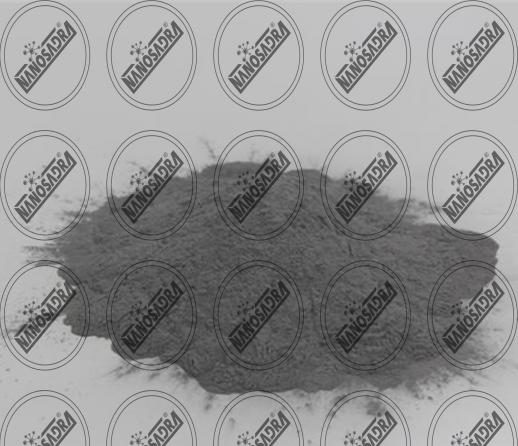 Research has shown that the size of magnetic nanoparticles has an important influence on their properties, with the possibility of an optimal size being used in medical applications. Therefore, in this study, cobalt ferrite nanoparticles were prepared by a cohesive method at 80 ° C and then the resulting powder was placed in the furnace at temperatures of 150, 200, 300, 400, 500 and 600 ° C to obtain nanoparticles of different sizes. The thermal efficiency of nanoparticle suspensions under alternating magnetic field with 92 kHz frequency was measured and the temperature rise curve was obtained over time. These experiments showed that the highest specific adsorption rate was obtained for nanoparticles with a size of about 9 nm, and particles larger or smaller had lower adsorption rates. The results of this study indicate that there is an optimum size for magnetic thermal applications where maximum thermal efficiency is obtained. price of nanoparticles depends on so many things so as can not tell an exact numbers.
Research has shown that the size of magnetic nanoparticles has an important influence on their properties, with the possibility of an optimal size being used in medical applications. Therefore, in this study, cobalt ferrite nanoparticles were prepared by a cohesive method at 80 ° C and then the resulting powder was placed in the furnace at temperatures of 150, 200, 300, 400, 500 and 600 ° C to obtain nanoparticles of different sizes. The thermal efficiency of nanoparticle suspensions under alternating magnetic field with 92 kHz frequency was measured and the temperature rise curve was obtained over time. These experiments showed that the highest specific adsorption rate was obtained for nanoparticles with a size of about 9 nm, and particles larger or smaller had lower adsorption rates. The results of this study indicate that there is an optimum size for magnetic thermal applications where maximum thermal efficiency is obtained. price of nanoparticles depends on so many things so as can not tell an exact numbers.
What are the major uses of nanoparticles?
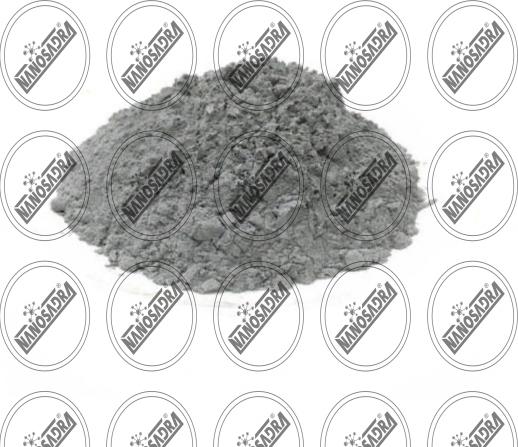 Silver nanoparticles have been widely used, and although they are the most commonly used in the pharmaceutical and antibacterial field, their use as a catalyst has attracted increasing attention. In general, elements and compounds having catalytic properties at the nanoscale exhibit greater catalytic properties due to their higher reactivity. The catalytic properties of silver nanoparticles have been demonstrated in oxidation-reduction processes of dyes, benzene, carbon monoxide, and some other compounds. Other uses of nanoparticles are in biological research and treatment. Researchers are using silver nanoparticles as drug carriers to send drug molecules to specific parts of the body. This will accumulate the drug at a specific point in the body as well as reduce the side effects of the drug. Because silver nanoparticles have antibacterial properties, they are used for microbial disinfection in a variety of cases.
Silver nanoparticles have been widely used, and although they are the most commonly used in the pharmaceutical and antibacterial field, their use as a catalyst has attracted increasing attention. In general, elements and compounds having catalytic properties at the nanoscale exhibit greater catalytic properties due to their higher reactivity. The catalytic properties of silver nanoparticles have been demonstrated in oxidation-reduction processes of dyes, benzene, carbon monoxide, and some other compounds. Other uses of nanoparticles are in biological research and treatment. Researchers are using silver nanoparticles as drug carriers to send drug molecules to specific parts of the body. This will accumulate the drug at a specific point in the body as well as reduce the side effects of the drug. Because silver nanoparticles have antibacterial properties, they are used for microbial disinfection in a variety of cases.
Biosynthesis of Silver Nanoparticles and Its Applications
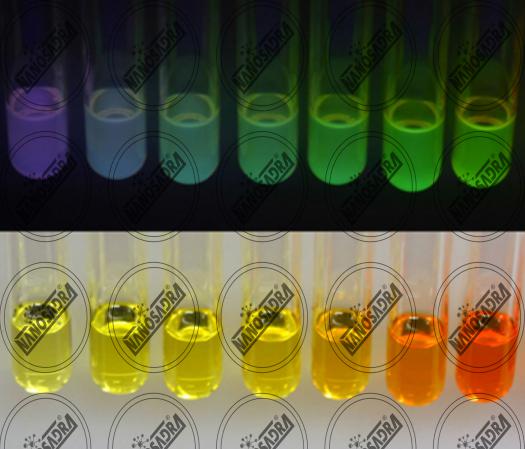 The biosynthesis method using bacteria is a low-cost method, but it produces polydisperse nanoparticles. Silver nanoparticles can be a good substitute for antibiotics due to their good antibacterial activity, but it should be noted that the resistance of clinical strains is higher than standard strains and bacterial resistance should be evaluated before administration of the nanoparticles. Silver nanoparticles have wide applications in the medical field and in the treatment of bacterial infections due to their disinfectant properties. The chemical synthesis, biosynthesis and antibacterial properties of silver nanoparticles have been studied previously, but due to their high cost of chemical synthesis and increased bacterial resistance to antibiotics, evaluation of silver nanoparticle biosynthesis and their impact on clinical and standard bacterial strains are important.
The biosynthesis method using bacteria is a low-cost method, but it produces polydisperse nanoparticles. Silver nanoparticles can be a good substitute for antibiotics due to their good antibacterial activity, but it should be noted that the resistance of clinical strains is higher than standard strains and bacterial resistance should be evaluated before administration of the nanoparticles. Silver nanoparticles have wide applications in the medical field and in the treatment of bacterial infections due to their disinfectant properties. The chemical synthesis, biosynthesis and antibacterial properties of silver nanoparticles have been studied previously, but due to their high cost of chemical synthesis and increased bacterial resistance to antibiotics, evaluation of silver nanoparticle biosynthesis and their impact on clinical and standard bacterial strains are important.

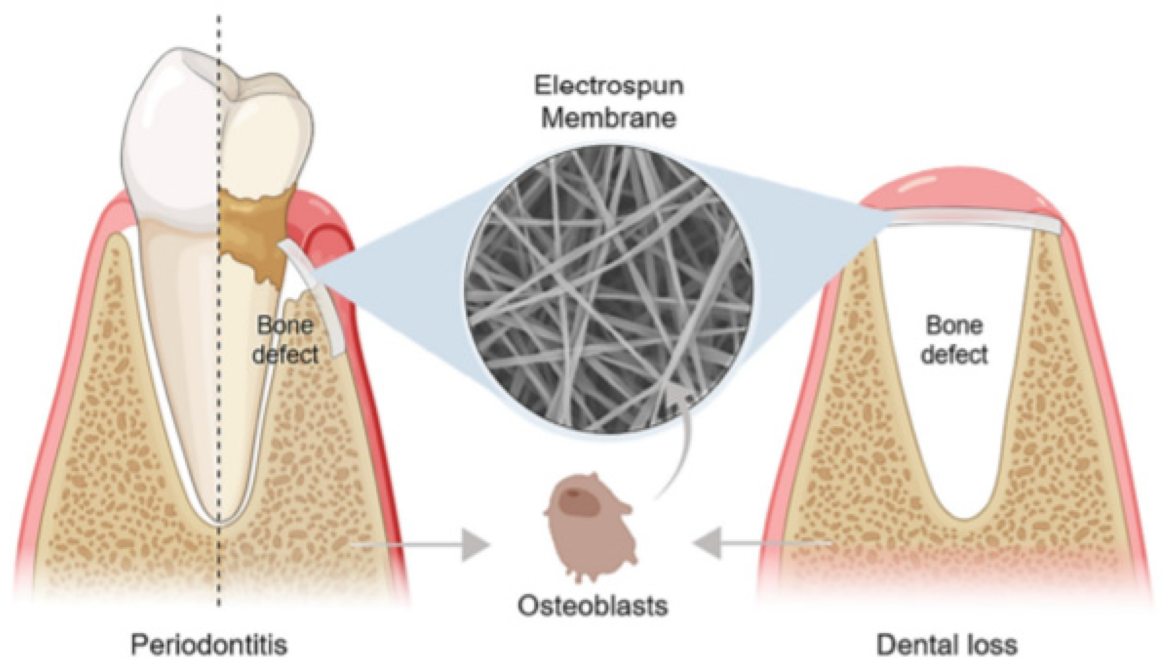
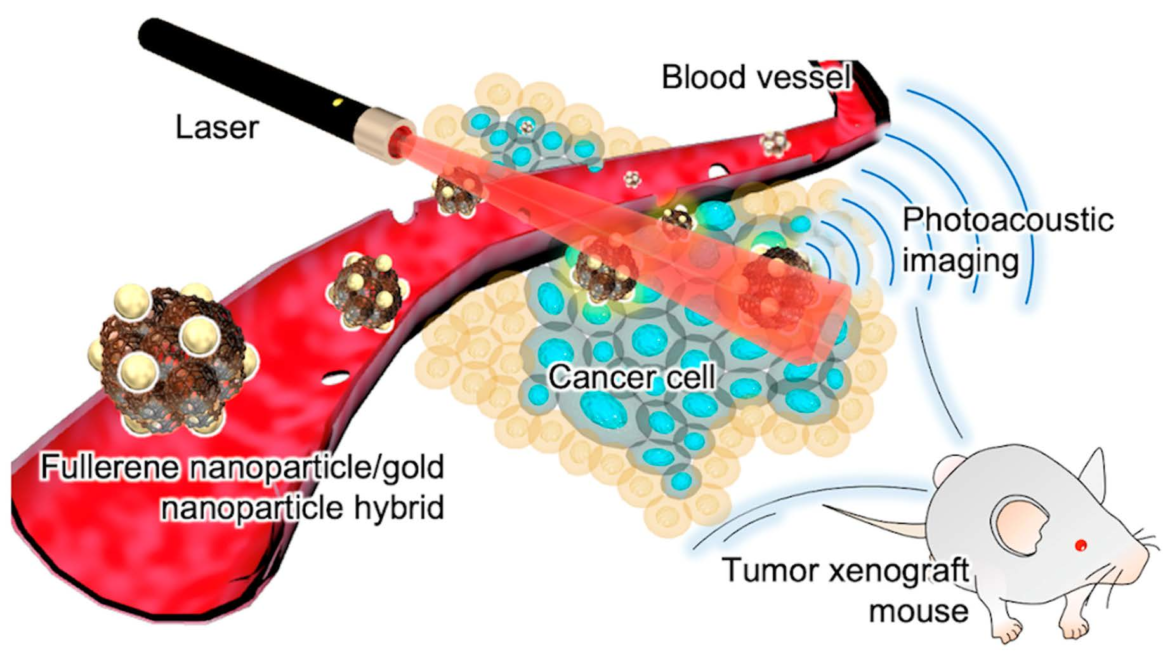
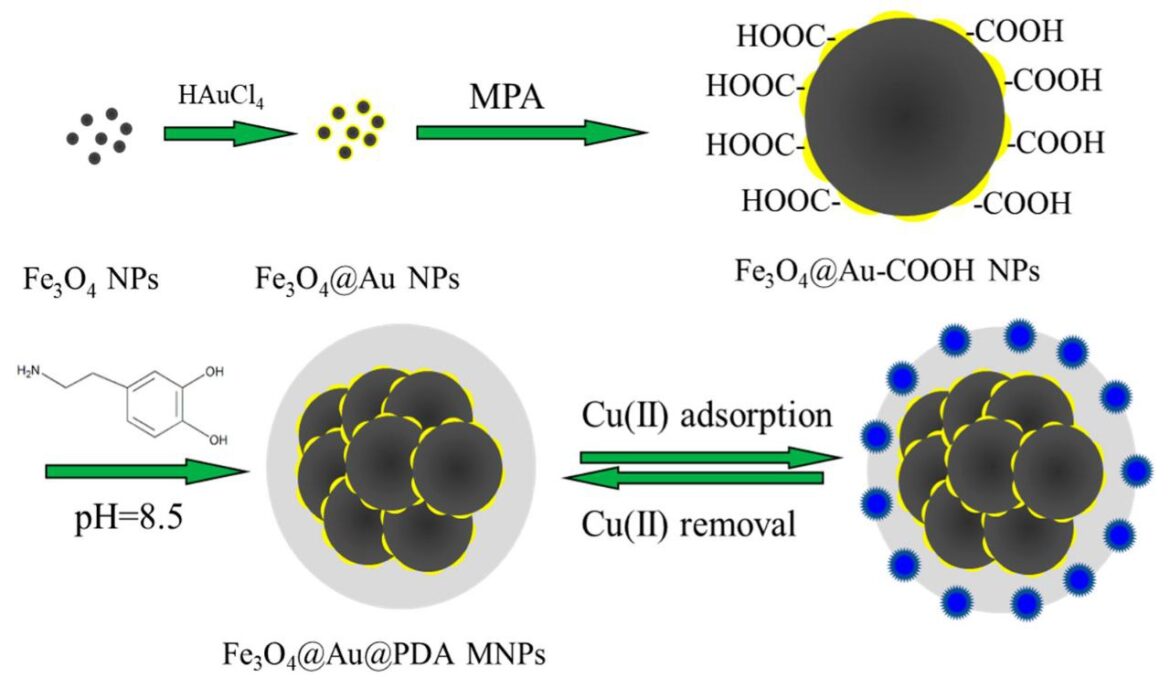
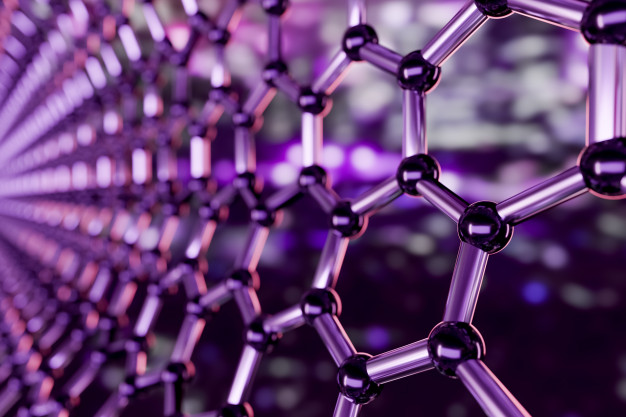
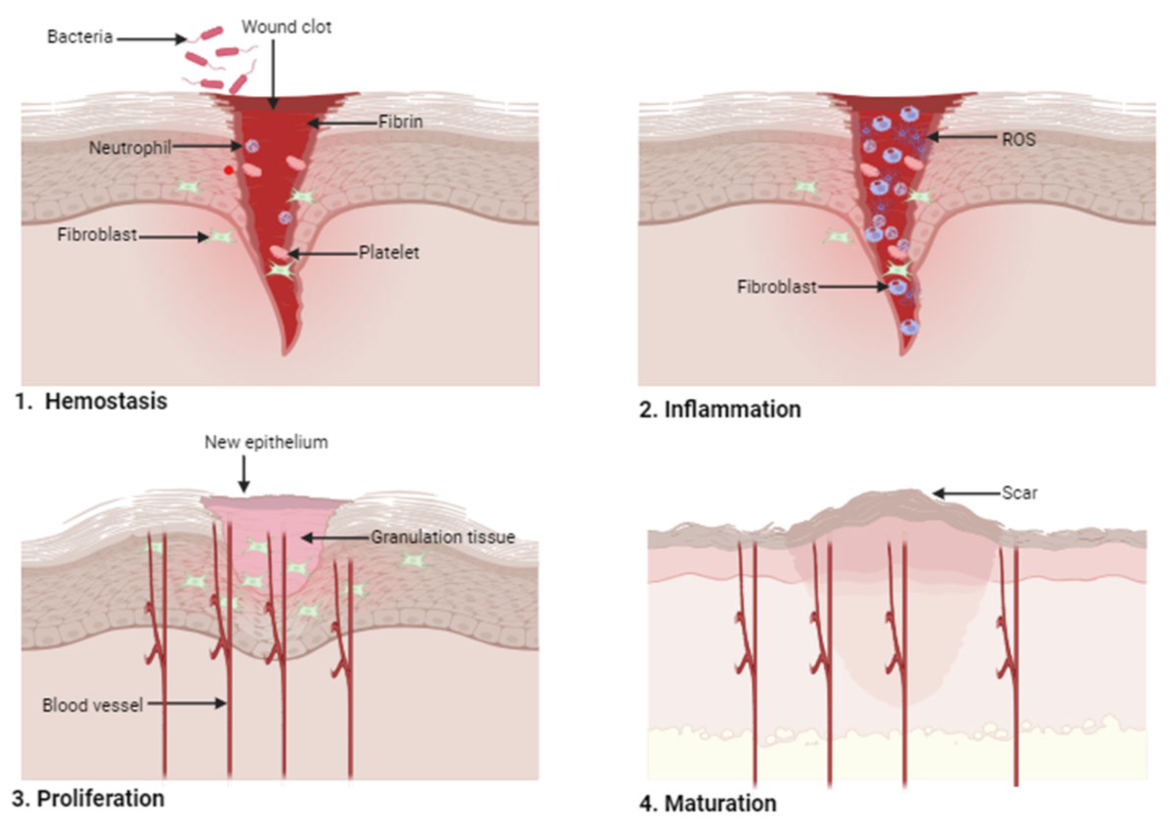
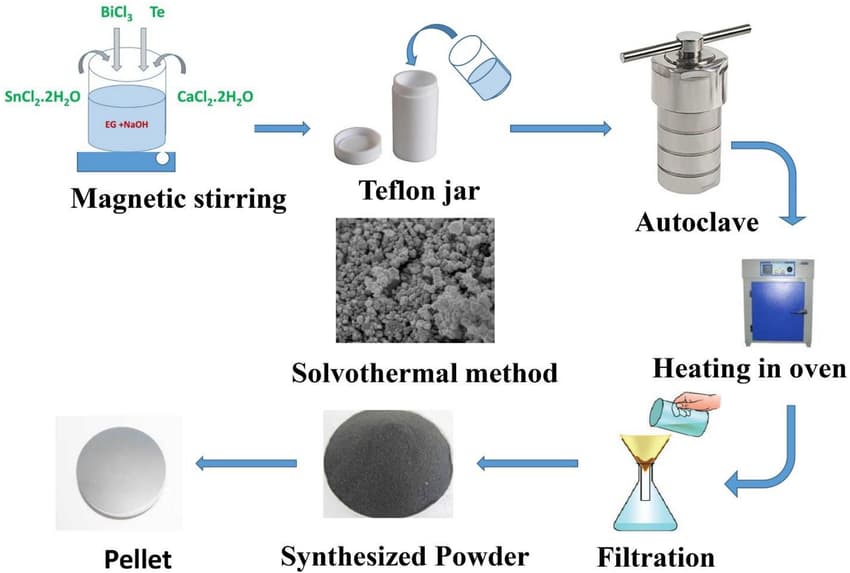
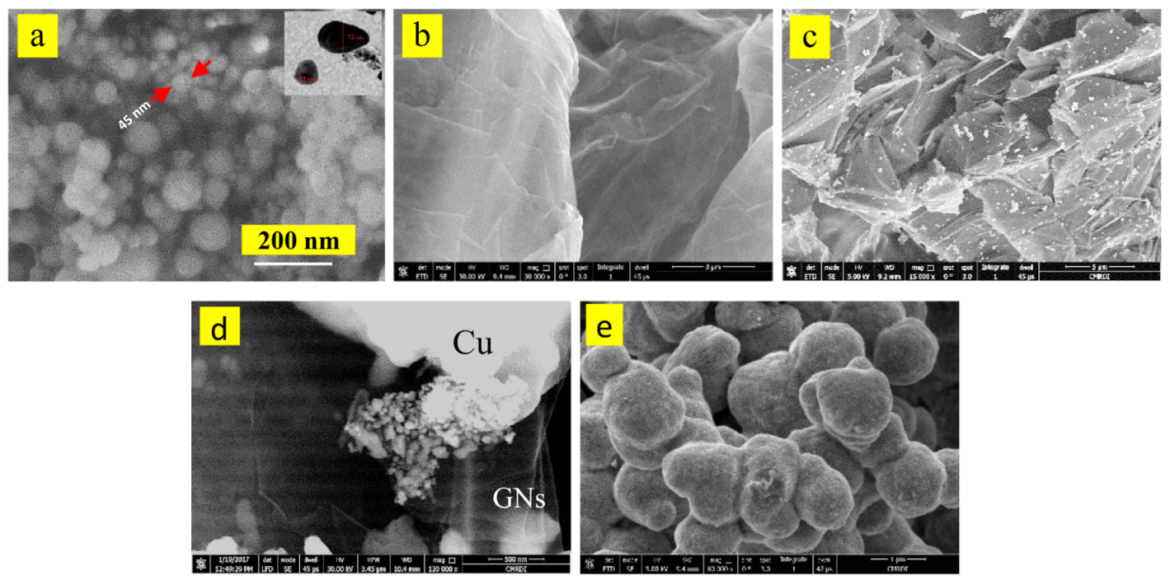
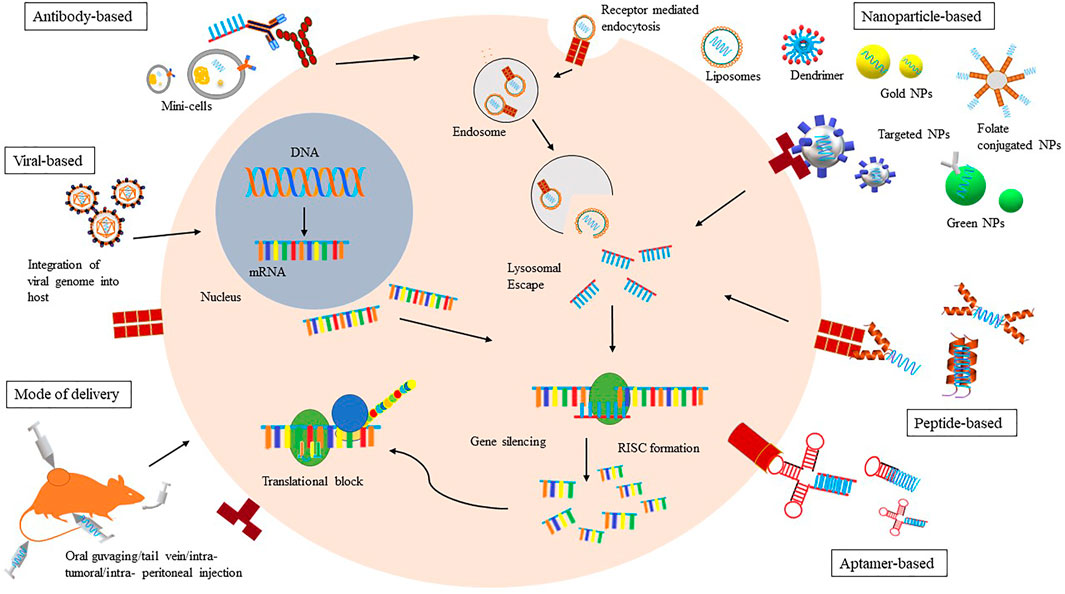
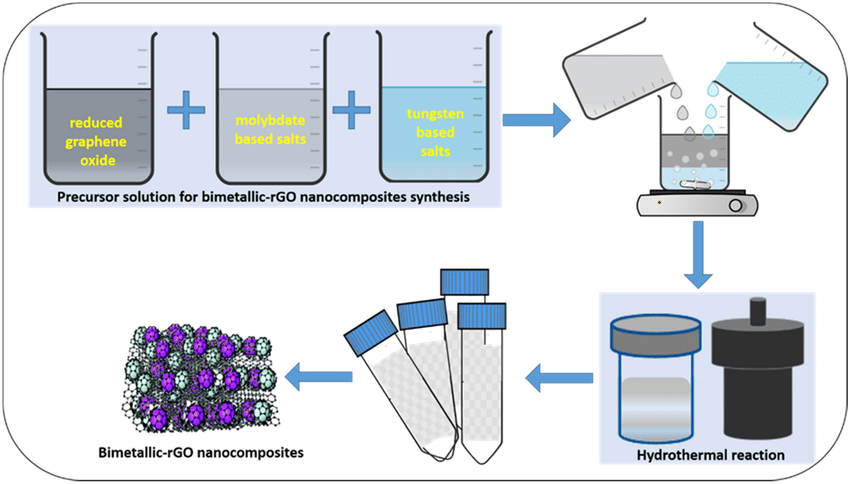
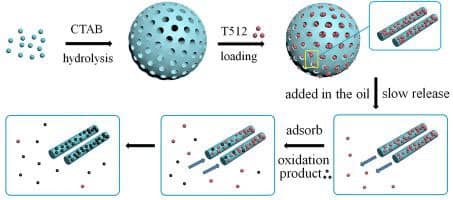
Your comment submitted.